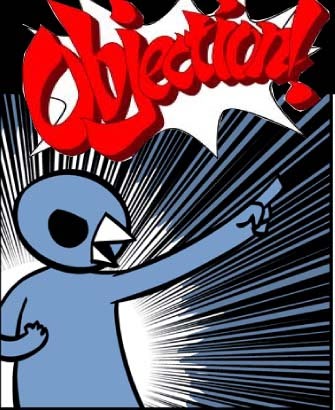- The 1956 Crisis showed the diminished powers of Britain and France (when they attacked Egypt).
- The French leader who negotiated for Algeria's independence was Charles de Gualle.
- The French relinquished Vietnam in 1954 after attacks by Communist guerrillas.
- Winston Churchill used the phrase Iron Curtain to describe the division of Europe.
- The focal point of the Cold War immediately after WWII was Germany.
- The member countries of the eastern bloc were Poland, Czechoslovakia, Bulgaria, Romania, and Hungary.
- The Marshall plan was a program of substantial loans designed to aid Western nations in the rebuilding process. It was from the US in 1947.
- The US opposition to Soviet aggression was based on beating back domestic communist movements by promoting economic growth.
- The NATO attitude to US protection was positive: they supported continued presence of troops in Germany and other member nations.
- The US military spending remained stable from 1930s-1980s, until it went up.
- Christian Democrats wanted democratic institutions and moderate social reform.
- Generally, the new govts. in Europe after WWII set up new constitutions, shied away from radical movements, and turned to democratic, parliamentary systems (often with universal suffrage)
- Post WWII, Germany had a new regime constructed and was divided by the victorious allies. France, Britain, and the US merged their zones to create the the Federal Republic of Germany and promoted a a new constitution.
- In a welfare state, programs were introduced to reduce the effect of economic inequality. Typically included medical programs and economic planning.
- A welfare state increased taxes, but in return gave people much nicer living. Think Canada: the higher taxes, the cooler free stuff.
- The development of the welfare state was paralleled by an increased govt. role in economic spending.
- Most European countries set up economic planning offices. It doesn't say which ones didn't though. Maybe Germany?
- A technocrat was a new breed of bureaucrat that was trained extensively in economic or engineering that came to the fore of govt. offices.
- The pattern of political compromise was upset by a series of student protests.
- The Green Movement was a movement that rose in the 1970s that was hostile to uncontrolled economic growth.
- The return of conservatism in Western politics was marked by the rise of the British Margaret Thatcher and the US pres. Ronald Reagan in 1979.
- The original members of the ECC were West Germany, France, Italy, Belgium, Luxembourg, and the Netherlands. Eingle economic entity across national political boundaries.
- Post-1950s, the European economy was in a new economic phase of prosperity.
- In the social structure of the late 20th C, peasants were backed by technocrats and adopted new equipments and seeds.
- In the later 20th C, women achieved the right to vote and got more jobs. With the "pill", they also had much more say in family matters. Family goals became less important.
- Works by Simone de Beauvoir include The Second Sex. The Feminine Mystique was written by Betty Friedan of the US.
- During the later 20th C, western culture proceeded along established lines. Specific new movements arose, a wealth of scientific data was assimilated, and basic frameworks set earlier persisted.
- The Eastern European nation that developed advanced industrialization, etc., was the USSR.
- By 1948, the countries under direct Soviet control were everything except Albania, Greece, and Yugoslavia.
- The policies of Soviet sponsored regimes were an attack on the church, a trade system, five-year plans, and massive education movements.
- Post-Stalin, the aspects of Soviet domination that continues were a single party, secret police action, and repression of dissidents.
- The independent labor movement in Poland involved the stop of collectivization and the start of widespread peasant ownership.
- Under Stalin's regime, the orthodox church was repressed and at war with the govt.
- The author of Gulag Archipelago was Aleksandr Solzhenitsyn.
- Typical aspects of the Soviet economy were full industrialization, few consumer goods, and low agricultural productivity.
- Sources of pressure on the soviet family were industrialization and suppression by the police.
- The industrialization of the USSR resembled that of the West in that they both had similar work conditions and leisure outlets.
- The Russian rate of population growth by the 1970s was as stable as the West's.
- The role of women in Russia's industrialized society was that many worked and were on similar ground to men, but had more difficulties back at home.
- After Stalin's death, a more tolerant political climate was established. A ruling commitee of army, police, and Party Apparatus was established.
- In 1956, Nikita Krushchev took power.
- Under Krushchev, the Soviets reduced police pressure and political trials became less common. They also won the Space Race.
- Following Stalin's death, the Soviet military built up and competed with the US. Mikhail Gorbachev wanted more reforms along Western lines.
Saturday, April 3, 2010
Ecliptic Times Chapter 32 Study Guide 1
A special treat for you this week: you get two study guides! Compare answers with two sources for twice the study potential. Allll right!
Subscribe to:
Post Comments (Atom)

I actually like this one a bit better. They're both good, though
ReplyDelete